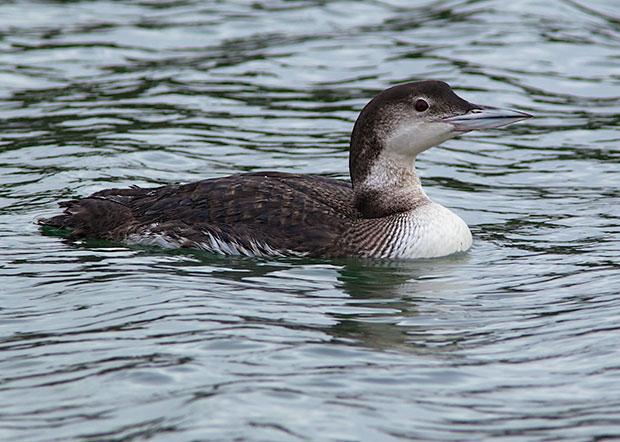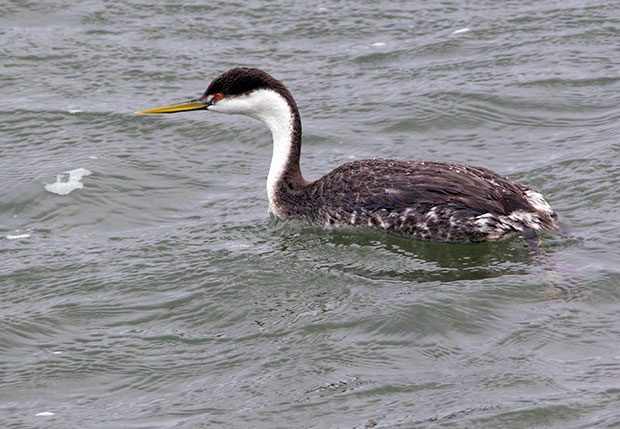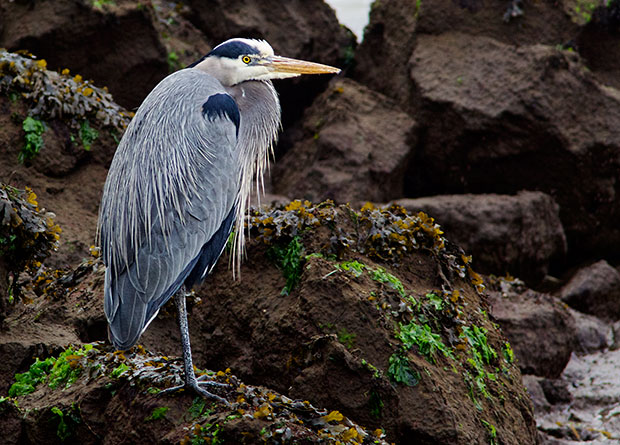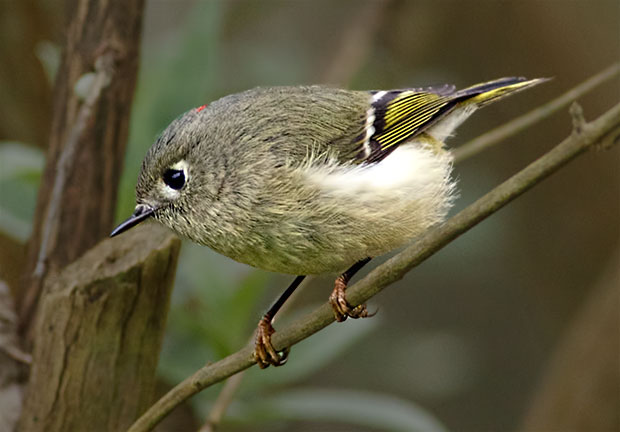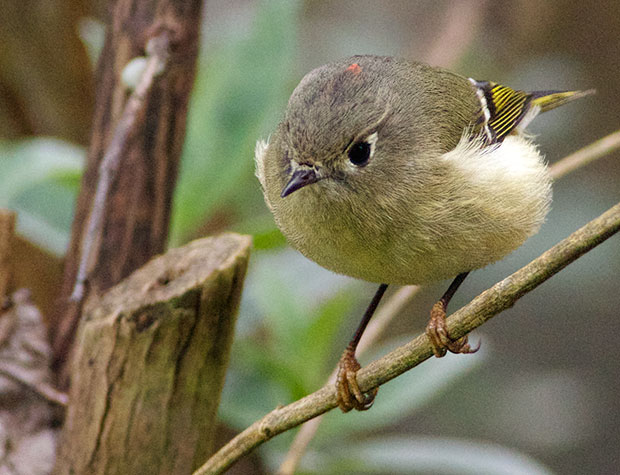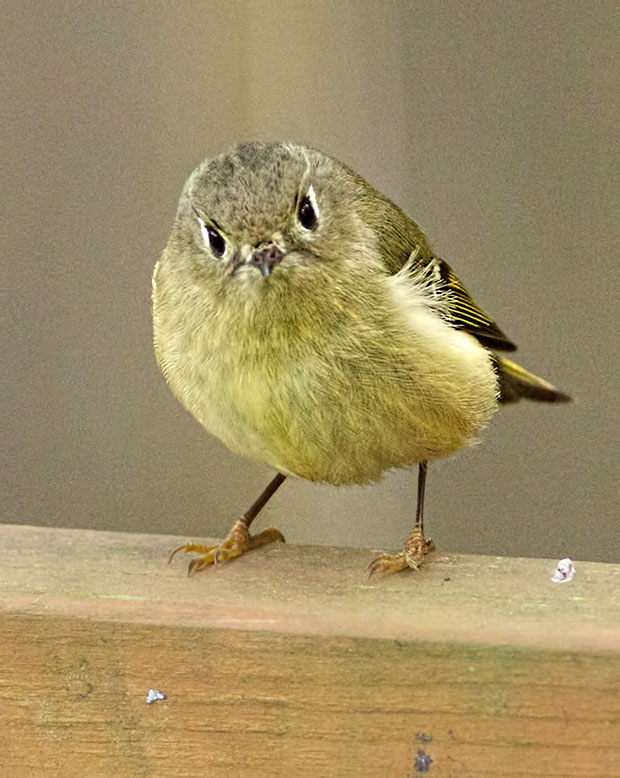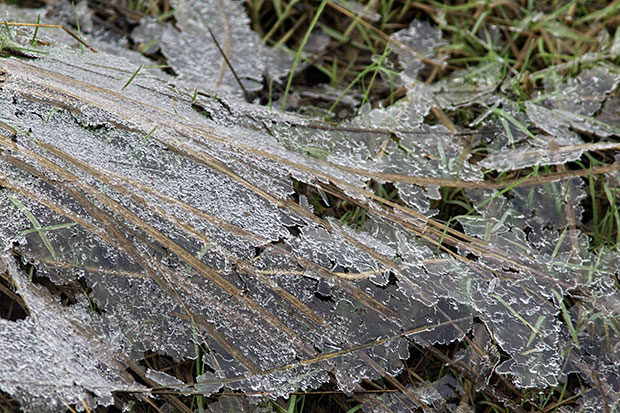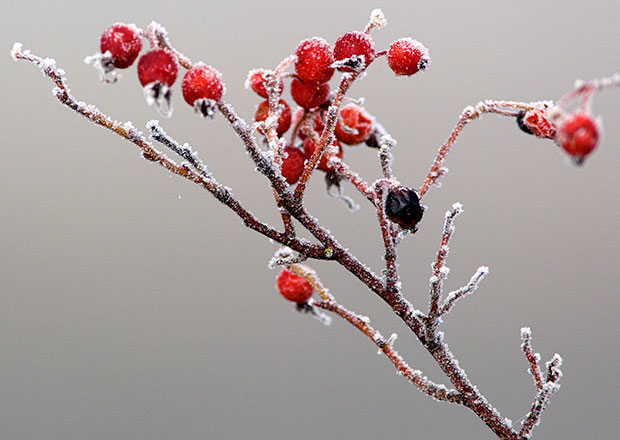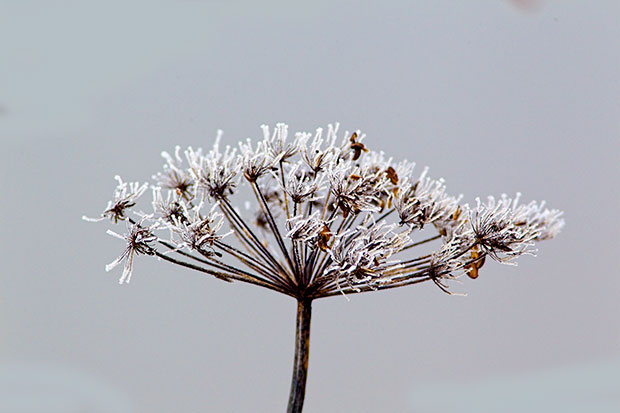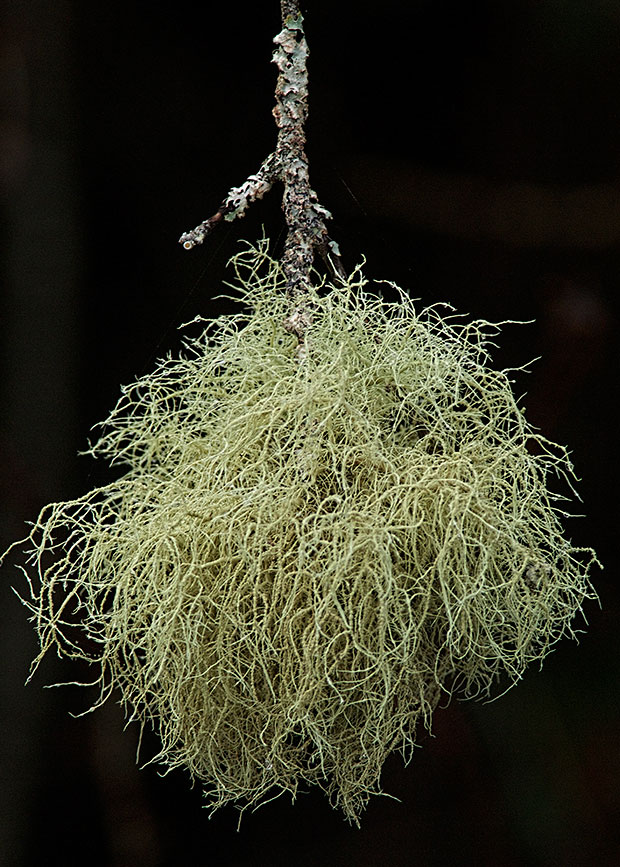In The Way of the Dreamcatcher Robert Lax highly recommended Jean Vanier: Essential Writings. Since I’d never heard of Vanier, I was intrigued by the recommendation. Also, I’m generally of the opinion that what we read says a lot about who we are, so I thought reading the book might also give me more insight into Lax’s poetry. As it turned out, I got so caught up in Jean Vanier’s book that I never tried to relate it directly to Lax. i don’t really believe in “Saints,” but if I did I think Vanier comes about as close to being a Saint as anyone I’ve ever read about.
I was hooked by Carolyn Whitney-Brown’s Introduction where she briefly describes Vanier’s life and introduces major themes in his works. He served as an officer in both the British and Canadian Navy, left the navy to become a college professor, and left that profession to found the L’Arche Communities.
One of the first themes she introduces is Vanier’s love of Aristotle, the subject of his PhD thesis by quoting from his works:
Aristotle is one of the great witnesses to this quest for happiness. His thinking was not that of an ideologue, but based on human facts and personal experience. That was what led him to propound his ethics of happiness in order to help people to look more clearly into themselves and to find their own fulfillment. He did so twenty-four hundred years ago, but his thinking spans the centuries and is still relevant to us today. . . .
Aristotle does not, however, seek merely to reiterate moral axioms. Nor does he wish to prompt people by external means to be just, to seek the truth, and to obey laws. What he wants to do is lay the foundations of a moral science with thinking that stems from humanity’s deep desires. His fundamental question is not “What ought we to do?” but “What do we really want?” His ethics are not those of law. Rather, they look closely at humanity’s deepest inclinations in order to bring them to their ultimate fulfilment. Aristotle’s ethics are not therefore based on an idea but on the desire for fullness of life inscribed in every human being.
Considering my recent interest in the subject of “happiness” I couldn’t resist putting Vanier’s Made for Happiness: Discovering the Meaning of Life with Aristotle on my Amazon wish list, though it will probably be a while before I can get to it.
Although Vanier nearly became a Catholic priest and is commonly associated with Catholicism, his discovery of Mahatma Gandhi also seemed to play a critical part in his development:
In India, I also discovered the vision and work of Mahatma Gandhi, especially his spirituality. In him I found a prophet for our times, a man of God, a man of prayer, a man deeply concerned about the life of the poor who saw the “untouchables” as harijans, children of God. Gandhi was concerned with peace and unity, a man ready to risk his life in nonviolence, which for him was a spiritual reality rather than a political one. This man had a whole vision of the land, of villages, life, and manual work which was quite different from that of our modem society. Gandhi marked my life deeply: he opened my mind and enlarged my consciousness.
Vanier’s work with the retarded and mentally ill seems to me to clearly parallel Ghandi’s concern for the “untouchables” particularly since during his lifetime retarded and mentally ill people were treated as “untouchables” in Western society.
Even more remarkable than Vanier’s concern for such people is his belief that those who are willing to help them gain more from the relationship than those who are “helped.”
To love is to reveal the hidden beauty in the hearts of all people, to trust them and to call them forth to greater trust. To love is a way of looking, of touching, of listening to all: taking time with them, especially with those who are broken, depressed, and insecure, revealing to them their importance. As we take time with them and enter into communion with them, they in turn reveal to us our beauty. Communion is a to-and-fro of love; we give and receive mutually. We give our hearts bonded in gentle unity as words flow into silence and inner voice, as movement flows into quiet peace and inner rest. Life flows from one to another. . . . As we approach people in pain, they reveal to us our pain and brokenness. We are not an elite. We need help. We need the help of Jesus and of sisters and brothers in community; we need to talk to wise, listening, and compassionate hearts who can help us to assume all that is broken within us and to find wholeness. We become free when we accept ourselves as we are, cry out for help, and use wisely all that we are to build peace.
Even more remarkable than Vanier’s concern for these untouchables is his absolute belief that those who are willing to help them gain more from the relationship than those who are “helped.”
I’ve taken a long time to savor Vanier’s ideas and ended up underlining far more passages than I could ever discuss, but I agree with Robert Lax that the book is well worth reading.

